Anxiety in dogs is a common behavioral issue that many dog owners face. Some breeds are more prone to anxiety due to their temperament, background, or the job they were originally bred to perform. These anxious behaviors can manifest in different ways, such as excessive barking, destructive tendencies, or compulsive behaviors. Separation anxiety, in particular, is a significant problem for many dogs, causing them to panic when left alone. For others, loud noises or new environments may trigger anxiety. In this article, we explore 13 dog breeds that are particularly prone to anxiety, starting with the least anxious and moving toward the most anxiety-prone breeds.
13. Shetland Sheepdog
The Shetland Sheepdog, or “Sheltie,” is a small, intelligent herding breed known for its sensitivity and loyalty. However, this sensitivity can also lead to anxiety, particularly separation anxiety. Shelties form strong bonds with their families and can become distressed when left alone for extended periods. Additionally, their high intelligence and alert nature make them hyper-aware of their surroundings, and they may react with nervousness to unfamiliar sounds or changes in their environment. Regular mental and physical stimulation, along with consistent routines, can help manage the anxiety often seen in this breed.
12. Chihuahua
Chihuahuas may be small, but they have big personalities—and big fears. As a breed, Chihuahuas are known for their strong attachment to their owners, which can often result in separation anxiety when left alone. Their tiny size makes them more vulnerable to environmental changes, and loud noises or unfamiliar people can trigger anxious behaviors. Chihuahuas may also become anxious if they feel threatened by larger animals or if they aren’t properly socialized. Their anxiety often manifests in excessive barking, trembling, or even aggressive outbursts when they feel cornered or afraid.
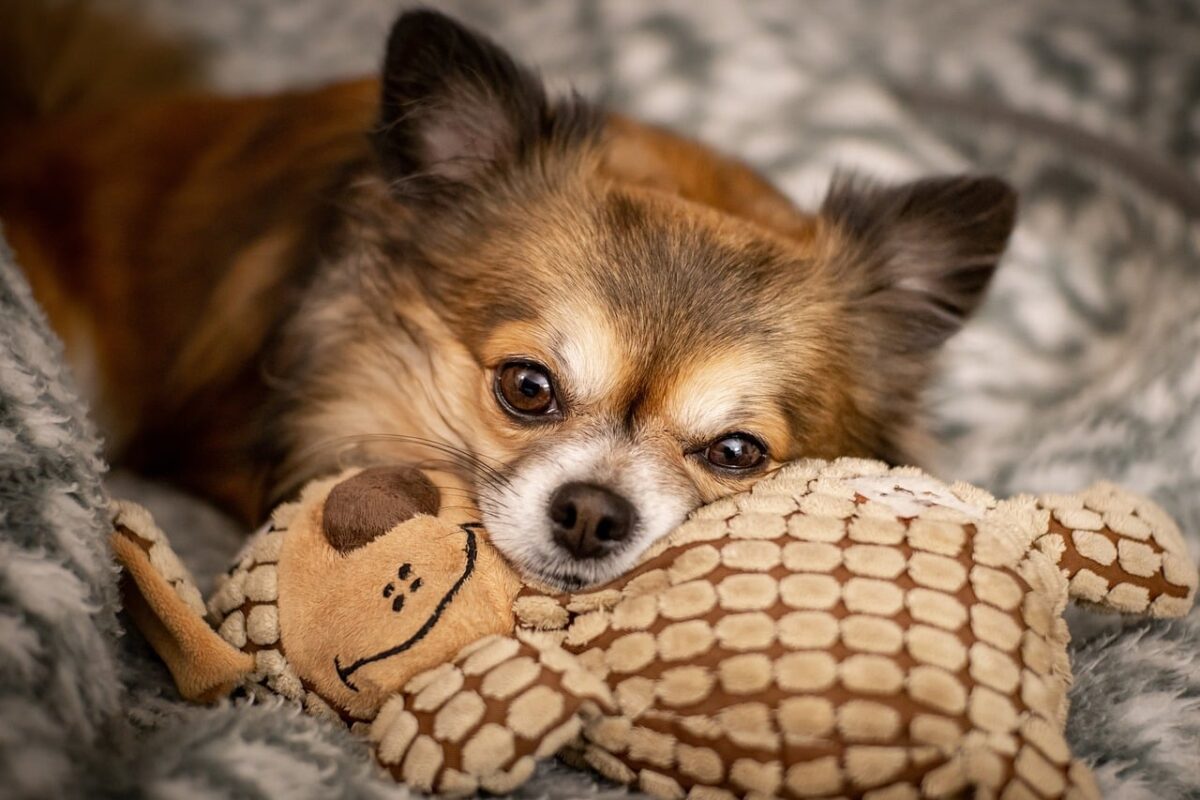
11. Vizsla
The Vizsla, a medium-sized hunting dog from Hungary, is known for its affectionate and energetic nature. Often referred to as a “velcro dog,” Vizslas thrive on close companionship with their owners. This need for constant human interaction can make them particularly prone to separation anxiety. When left alone, they may engage in destructive behaviors like chewing or digging to cope with stress. Vizslas are also sensitive dogs, and they can become anxious in chaotic or noisy environments. Proper training and regular exercise are essential for managing anxiety in this breed, as they require both physical and mental stimulation to stay balanced.
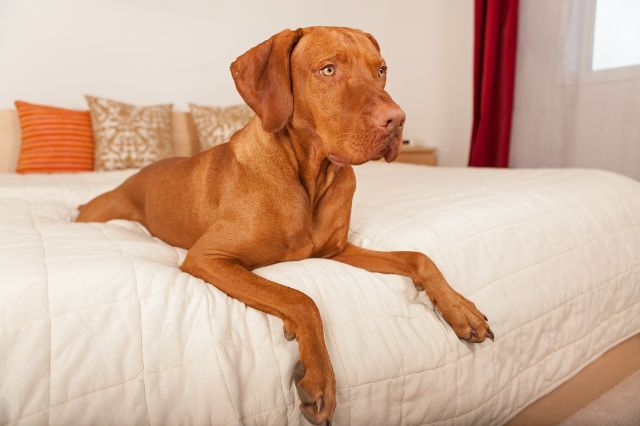
10. German Shorthaired Pointer
The German Shorthaired Pointer is a high-energy breed originally developed for hunting and outdoor activities. While they are known for their enthusiasm and friendly demeanor, they can also develop anxiety if their mental and physical needs are not met. Bred to work closely with humans, German Shorthaired Pointers often struggle with being left alone for long periods. Separation anxiety is common in this breed, and they may bark, whine, or become destructive when they feel abandoned. Their boundless energy can also lead to nervousness if they aren’t given an outlet, such as daily exercise or interactive play.
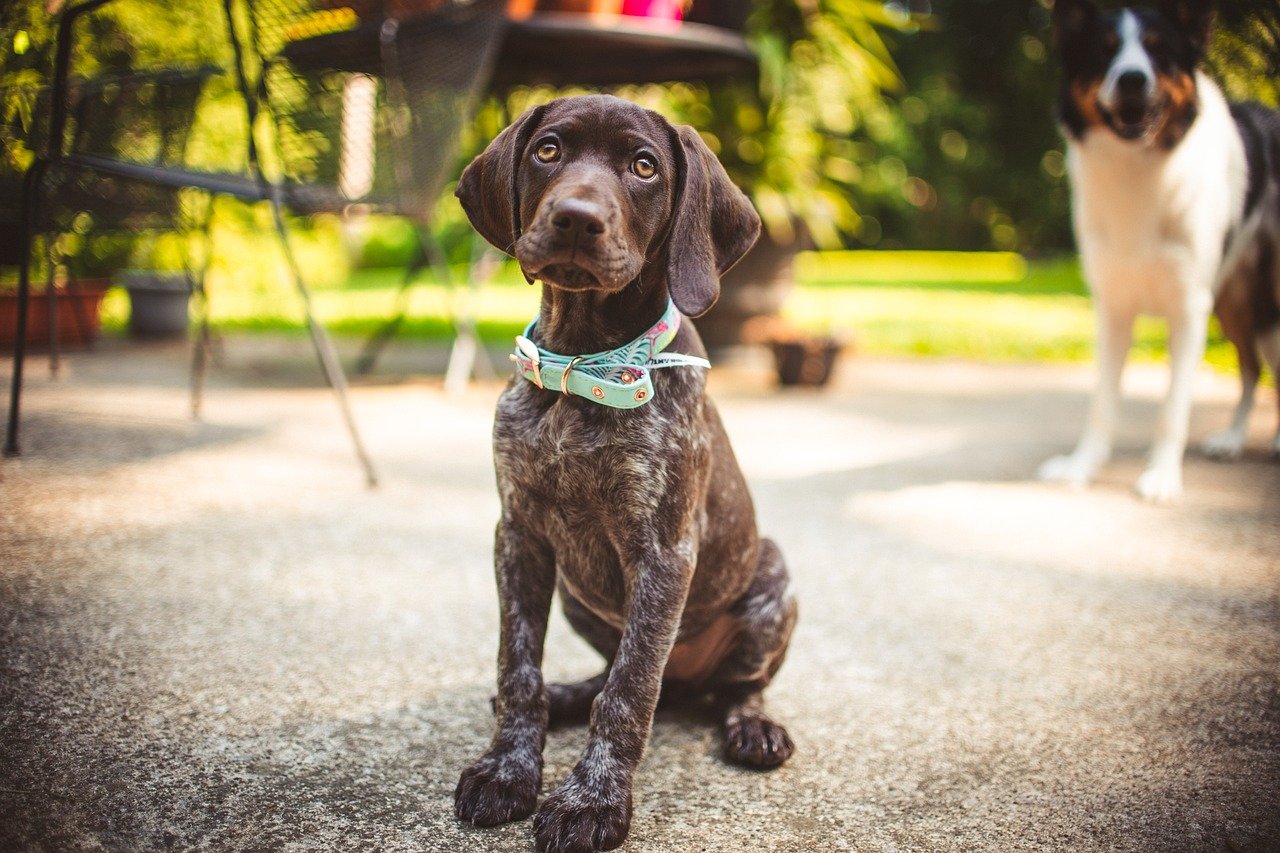
9. Greyhound
Despite their calm and reserved demeanor, Greyhounds are known to experience anxiety, especially after retiring from racing. Many retired racing Greyhounds have not been exposed to life in a home, and the sudden change can cause significant stress. They may be anxious around loud noises, unfamiliar objects, or new experiences. Greyhounds are also highly sensitive dogs that bond closely with their owners, so separation anxiety is common. Their anxiety can manifest in pacing, panting, or even refusal to eat. With time, patience, and a structured routine, Greyhounds can learn to feel more secure in their new environment.
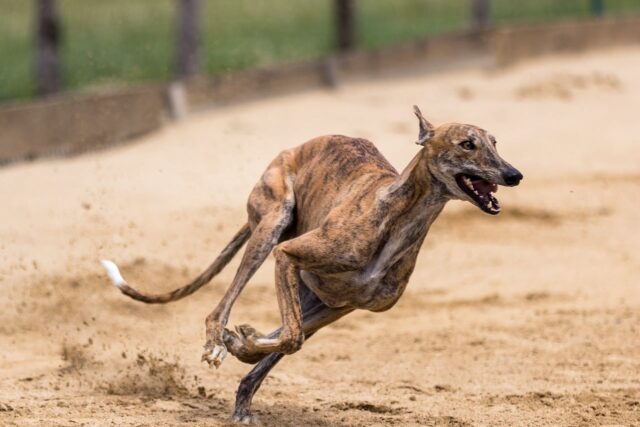
8. Bichon Frise
The Bichon Frise is a small, fluffy companion dog that thrives on attention and affection from its family. These dogs were bred to be lapdogs, and they do not cope well with being left alone for long periods. As a result, Bichons are prone to separation anxiety, often barking or becoming destructive when their owners are out of sight. Their friendly, sociable nature means they crave constant interaction, and they may become anxious in isolation. Regular companionship, along with gradual training to help them cope with alone time, can ease the anxiety of the Bichon Frise.

7. Jack Russell Terrier
The Jack Russell Terrier is a lively, energetic breed with a high drive for activity and mental stimulation. While they are known for their intelligence and independence, Jack Russells can develop anxiety, particularly when their need for exercise and engagement isn’t met. Boredom can quickly become frustrating, leading to anxious behaviors such as digging, barking, or destructive chewing. Additionally, Jack Russells may experience separation anxiety due to their strong attachment to their owners. This breed thrives in an environment where they can engage in regular, challenging activities that channel their energy in a positive way.
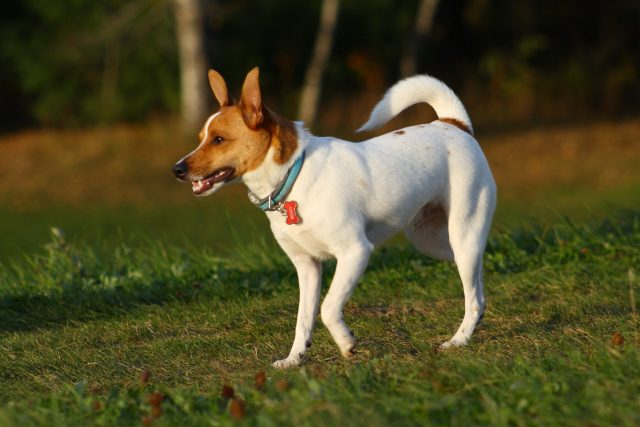
6. Italian Greyhound
The Italian Greyhound, a smaller and more delicate cousin to the Greyhound, is another breed prone to anxiety. Their sensitive nature makes them highly attached to their owners, and they can experience severe separation anxiety when left alone. Italian Greyhounds are also known for being timid in unfamiliar situations, and they may react with fear to loud noises or sudden movements. Their anxiety often manifests in trembling, hiding, or refusal to engage with their environment. Italian Greyhounds require gentle handling and a consistent routine to help them feel secure and manage their anxious tendencies.
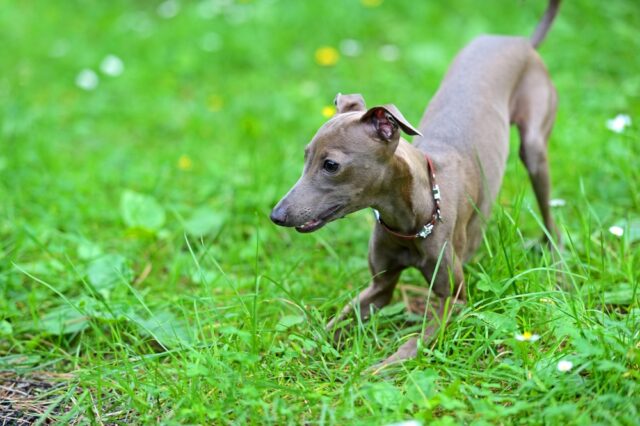
5. Border Collie
Border Collies are known for their intelligence and drive to work, but these traits can also make them prone to anxiety. Bred to herd livestock, Border Collies have high mental and physical energy that requires regular outlets. Under-stimulated or left without a job, they can become anxious and engage in compulsive behaviors like excessive barking or herding family members. Separation anxiety is common in this breed, as they form strong bonds with their owners and can become distressed when left alone. Providing a Border Collie with plenty of exercise and mental challenges is key to keeping their anxiety under control.
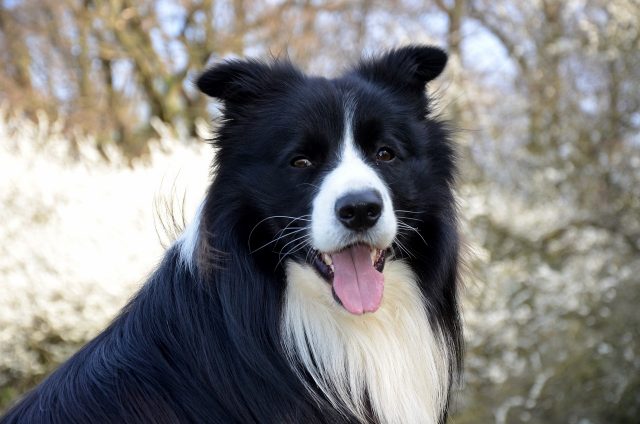
4. Cocker Spaniel
Cocker Spaniels are known for their gentle and affectionate nature, but they are also one of the most anxiety-prone breeds. Separation anxiety is a significant issue for Cocker Spaniels, as they form strong attachments to their families and can become highly distressed when left alone. Their anxiety can lead to destructive behaviors like chewing or excessive barking, and they may also experience stress-related health issues, such as gastrointestinal problems. Cocker Spaniels are also sensitive to loud noises and chaotic environments, which can trigger nervousness. Proper training, socialization, and regular companionship are essential for managing anxiety in this breed.
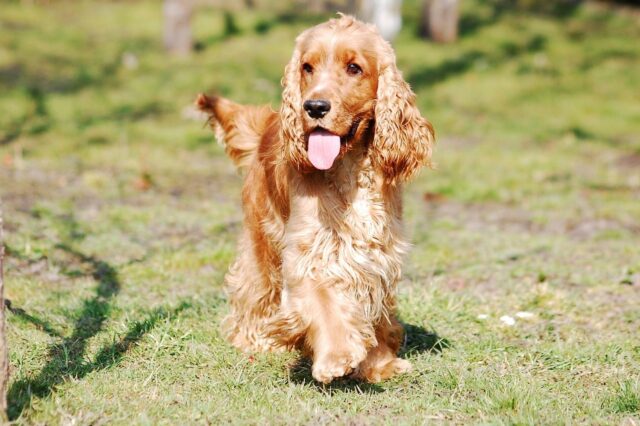
3. Havanese
The Havanese, a small and cheerful companion dog, is anxious about separation from their owners. These dogs were bred to be lapdogs and thrive in close contact with their human families. When left alone, Havanese can experience significant separation anxiety, leading to behaviors like excessive barking, destructive chewing, or even self-harm. They are also sensitive to changes in their environment and may become anxious in unfamiliar situations or around new people. With their strong need for companionship, Havanese dogs require constant attention and structured routines to manage their anxiety.

2. Maltese
The Maltese, another toy breed with a long history as a companion dog, is known for its loving and affectionate nature. However, their deep attachment to their owners can lead to severe separation anxiety. Maltese dogs are prone to barking, pacing, and destructive behavior when left alone for extended periods. They may also become anxious in noisy or chaotic environments. As sensitive dogs, Maltese can easily pick up on their owner’s emotions, which can further exacerbate their anxiety. This breed does best in a calm, stable home where they receive constant companionship and attention.
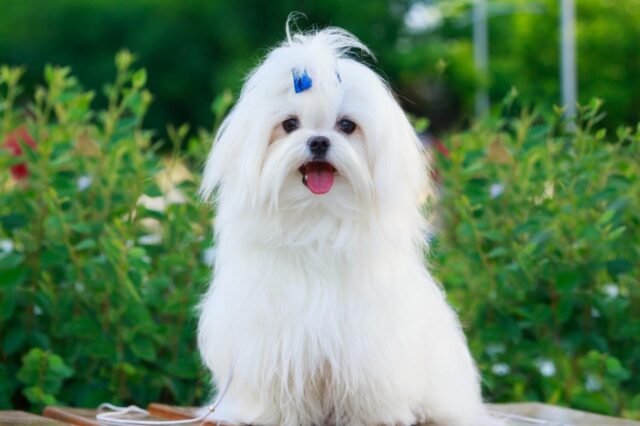
1. Cavalier King Charles Spaniel
At the top of the list is the Cavalier King Charles Spaniel, a breed known for its sweet and affectionate nature. Cavaliers are extremely people-oriented and form strong bonds with their families, making them particularly susceptible to separation anxiety. Cavaliers may become distressed when left alone, exhibiting behaviors such as whining, pacing, or even self-harm through excessive licking or chewing. Their sensitivity to their environment also means that loud noises or sudden changes can trigger anxiety. Regular companionship and proper socialization and training are crucial for managing the anxiety often seen in this breed.

Helping Anxiety-Prone Dogs Thrive
While some breeds are naturally more anxious than others, there are ways to help manage anxiety in dogs. Consistent routines, positive reinforcement training, and plenty of mental and physical stimulation can go a long way in reducing anxiety levels. Additionally, understanding the specific triggers for each breed and working to mitigate them can improve the quality of life for dogs and their owners. With patience and the right approach, even the most anxious dogs can learn to feel more secure and confident in their environment.






